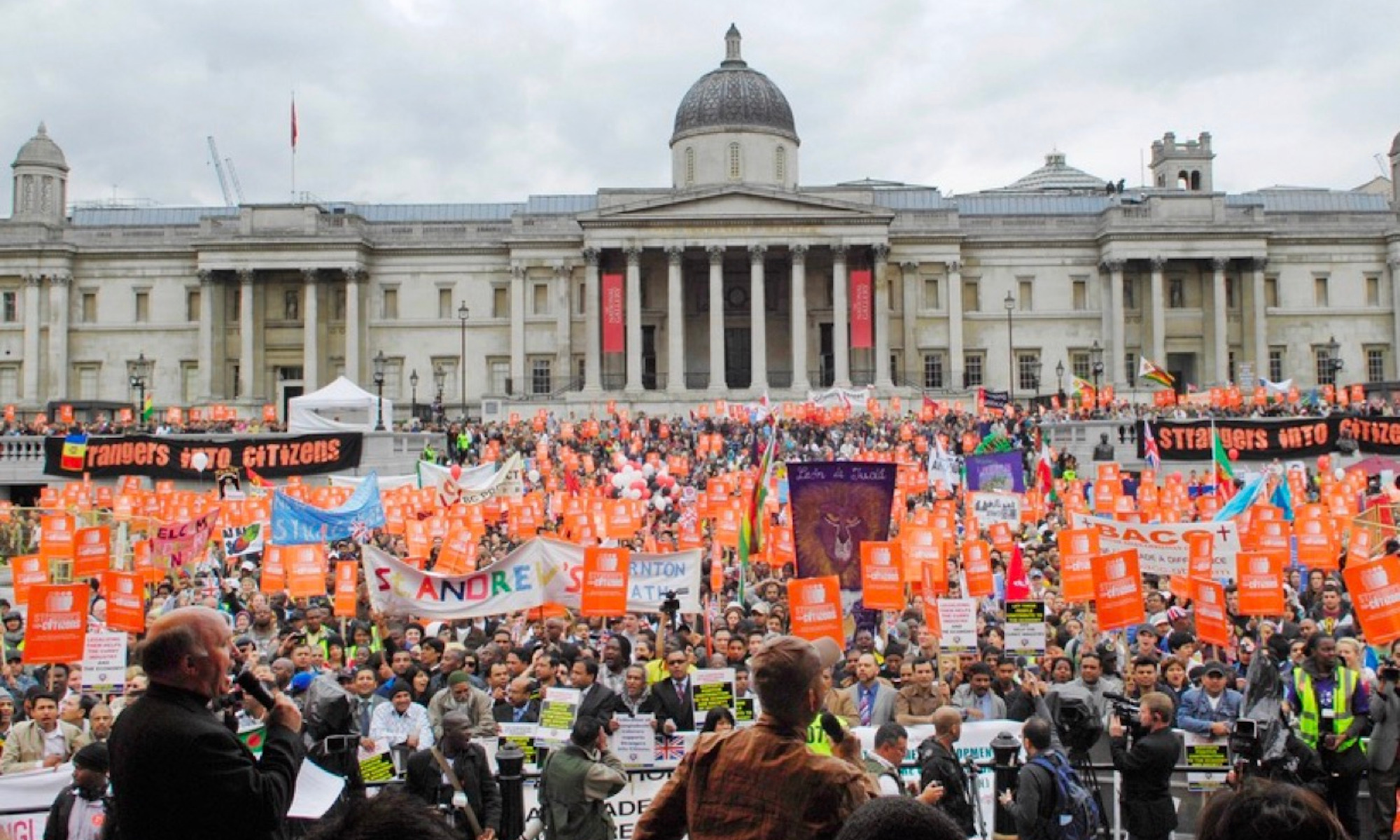I chose to examine the St Pancras Vestry district, to the north of the city. The district, which represents a long thin slither running north to south, only has five institutions in it between 1801 and 1810: a women’s refuge, two orphanages (one for children aged 8-11, and one “adult orphan institution”), and two workhouses. This seems reasonable for the period, considering it is one of the most lightly populated districts of the central London area with a population of 31779. Most of the institutions seem concentrated in the southern portion of the district, which seems to hold true for the entirety of the nineteenth century.
The 1820s sees the establishment of University College, built with a grand Corinthian portico and large dome that becomes a landmark for the southern portion of the St Pancras Vestry district. “Nearly all subjects are taught here,” explains The Queen’s London (a “pictorial and descriptive record” of the city’s architecture), with the college founded “in order to provide an educational centre free of all religious tests.” Across the road, University College Hospital is built in the 1830s – a building which, tellingly, needed to be expanded in the 1840s and then later refurbished in 1897 to meet the exploding population of the St Pancras Vestry district which we’ll explore in the second blog post. A lunatic asylum, Western House, also appears in the 1830s, but closes down by the 1860s.

The 1870s and 80s see an explosion of institutions in the district. Three of the eight Homes for Working Girls in London are clustered around Fitzroy Square, in addition to three hospitals – the London Skin Hospital, Oxygen Home, and the Home Hospitals Association. A couple of other medical institutions are dotted along Euston Road, including the Central London Throat, Nose and Ear Hospital, the British Hospital for Skin Diseases, and the New Hospital for Women. Other institutions in the district also have links to medicine, too; after being discharged, women might go to the Female Preventive and Reformatory Institutions Home for Friendless Young Women of Good Character, or the Reformatory for the Fallen. In addition, we see a couple of institutions – an orphanage, another hospital, and lodging for pensioners – crop up in the north of the district, demonstrating the slow but steady movement of people out of the busy city centre and northwards towards places like Camden and Highgate.

In addition to becoming a hub for knowledge through its universities and hospitals, St Pancras Vestry also became a transport hub by the end of the century, playing host to three of London’s mainline terminals. While waiting for a train at St Pancras station – the grandest of the three stations in the district – one could not help but be amazed by the “splendid Gothic pile” of the station’s exterior façade, or the vast interior train shed which is described by The Queen’s London to be the largest roof held up by a single pillar anywhere in the world.
Continue reading “From Fringe to Centre: Institutions in the St Pancras Vestry district”
